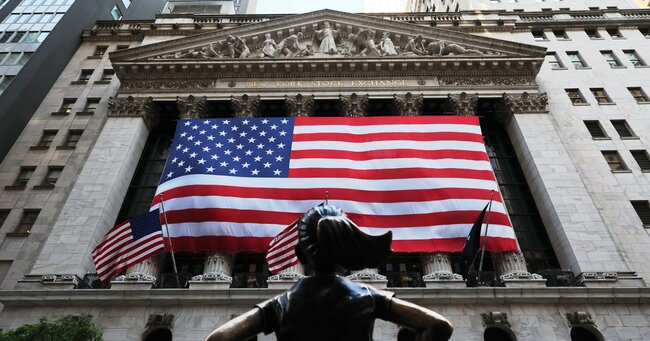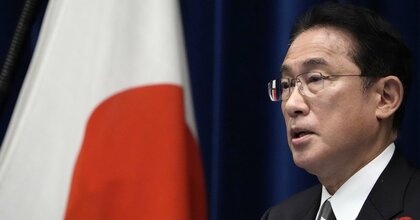Originally published in Japanese on October. 3, 2023
Miraculous global gains
The 2022-2023 Midterm Miracle was near picture-perfect. In U.S. dollars, American stocks made quarterly leaps of 7.6%, 7.5% and 8.7% from Q4 2022 to Q2 2023, respectively, surpassing averages of 6.3%, 6.6% and 5.5% since good data started in 1925. This October-to-June’s 25.7% overall rise topped the 19.5% historical average.
I said last year's high correlations between U.S. and world stocks—including Japan’s—meant this all boded bullishly beyond U.S. borders. That outlook proved accurate, with world stocks returning 26.1% cumulatively in those three quarters in yen (26.3% in U.S. dollars).
The TOPIX? Also up big, rising 3.3%, 7.2% and 14.4% from Q4 to Q2, respectively, in yen. Sector skew largely explains quarterly variance from global and U.S. stocks. Consider: Industrials, Consumer Discretionary and Tech—over half of Japan’s market capitalization—delivered whopping worldwide gains of 25.0%, 41.0% and 52.1%, respectively, in Q4 2022 and 2023’s first half. Regardless, the TOPIX’s 26.7% overall October-to-June rise closely paralleled global results.
After the Miracle
The Miracle is over now. But the gains likely persist. Historically, stocks rise in the back half of U.S. presidents’ third years, albeit less strongly. U.S. stocks gained in dollars in 75% of all third-year back halves—not like first halves’ ultra-bullish 92%, but better than the historical average. Average second-half returns: 5.5% in U.S. dollars—less than the first half’s 12%, but not bad, either.
When negative, third-year back halves are typically quite mild. Of the six back-half declines, only 1931 and 1987 were more than a wiggle. The former struck amid the Great Depression—nothing like now. The latter was among history’s most fleeting bear markets—no sign of that now either. Otherwise, the worst year-3 back half was 2011’s tiny 3.7% slide.
And, after? Next year is President Joe Biden’s fourth year in office (a presidential election year). While less consistent than the third years, U.S. stocks have climbed in 83% of fourth years throughout history—averaging 11.4% in U.S. dollars.
Gridlock’s market magic
What underpins third and fourth years’ positivity? Political gridlock! Midterms dim presidents’ legislative clout. Their party almost always loses relative or absolute Congressional power to the opposition party, as Biden’s Democrats did last November.
Hence, presidents must always attempt their biggest, most controversial legislation before midterms—see Biden’s huge “infrastructure” and “American Families” plans. Or President Donald Trump’s income tax cuts. Or President Barack Obama’s twin 2010 healthcare and sweeping “Dodd Frank” financial reforms. After the midterms, political rancor remains, but big bills die.
Stocks love that. New laws always create winners and losers. Behavioral finance shows losers feel the pain much more than winners love equivalent gains. Gridlock replaces swirling uncertainty and pain with sweet, unappreciated stability. Sneaky stability, too, as it usually comes with squabbling politicians seeking headlines. This fuels the Midterm Miracle’s repeat success: Ideological biases blind most to gridlock’s power, creating repeated positive surprises.
First term U.S. presidents, like President Biden, rarely even want to pass anything major as the election year unfolds. Doing so risks irking large swaths of voters. They would rather use unaddressed issues as fundraising bait and campaign promises—get me re-elected and I’ll fix it!
U.S. gridlock fuels the TOPIX
Gridlock’s bullish breeze blows across the Pacific, too. Since good Japanese data started in 1969, Japanese stocks gained in yen in 62% of U.S. presidents’ fourth years. While this is below the third year’s lofty 85%, returns average 13%—mirroring Year-3’s robust 13.3% gains. Now, some chatter over Prime Minister Fumio Kishida calling a snap election remains. If he did, it could boost uncertainty—a headwind—for the TOPIX. But such speculation has cooled, and the impact would be short-term anyway.
Politics is not everything. But American gridlock should be a nice, overlooked tailwind for Japanese and world stocks through 2024—helping power this young global bull market. Enjoy it.
Ken Fisher is the Founder and Executive Chairman of Fisher Investments, a $200 billion global investment management firm spanning Asia, North America, Europe, Australasia, and the Middle East. He is the author of 11 books, including four New York Times Bestsellers, and writes customized columns in leading publications in 17 countries. He lives in Dallas, Texas. The views expressed here are his own.











